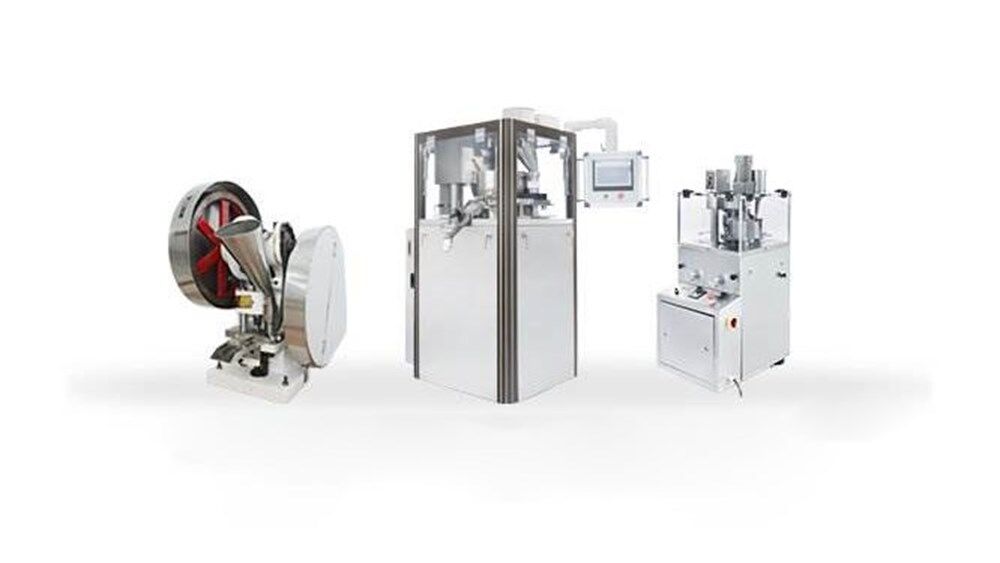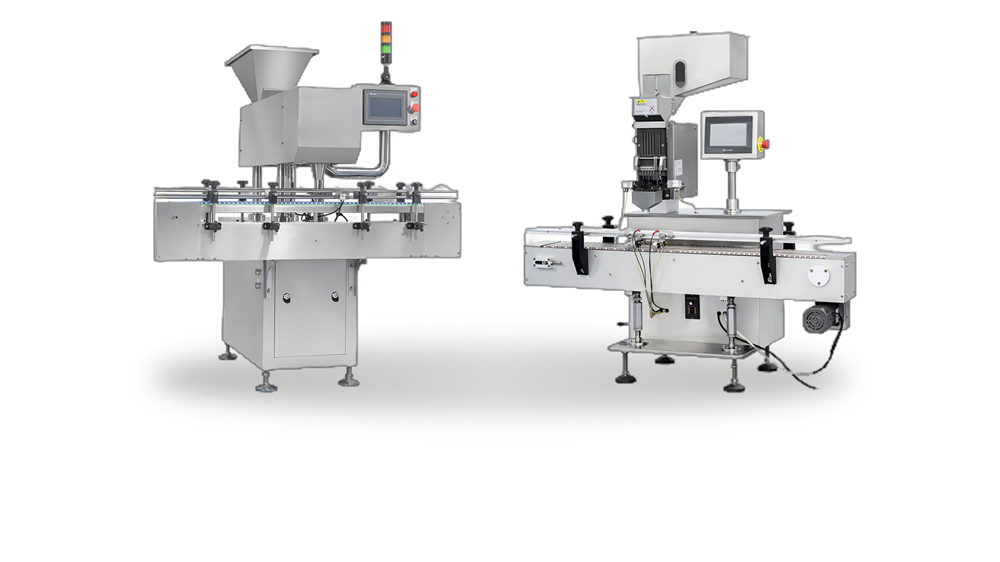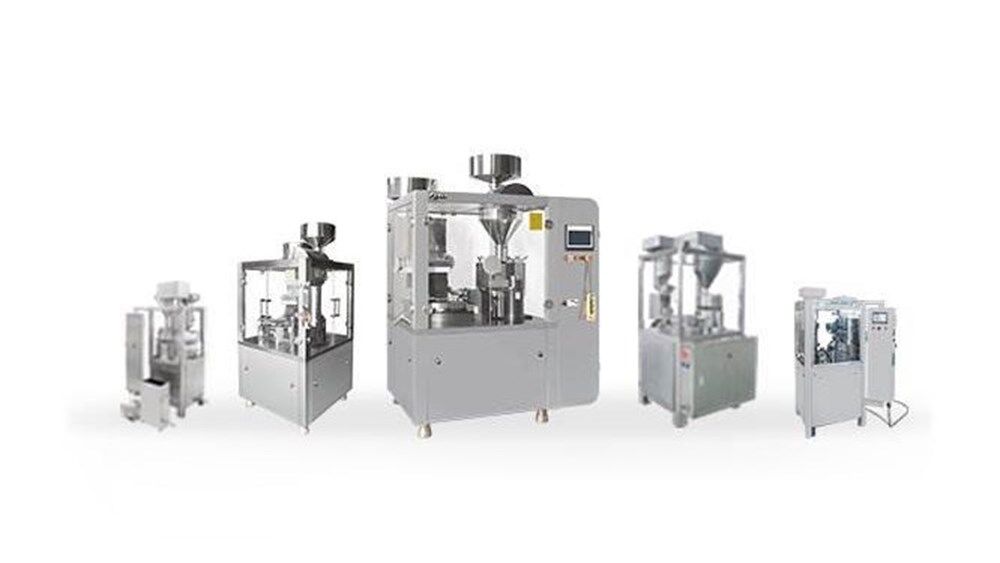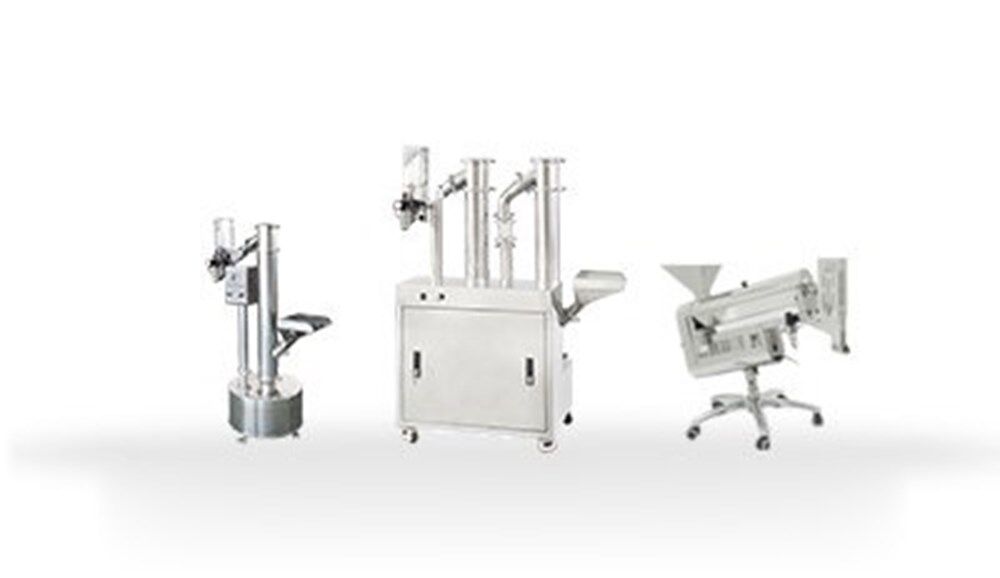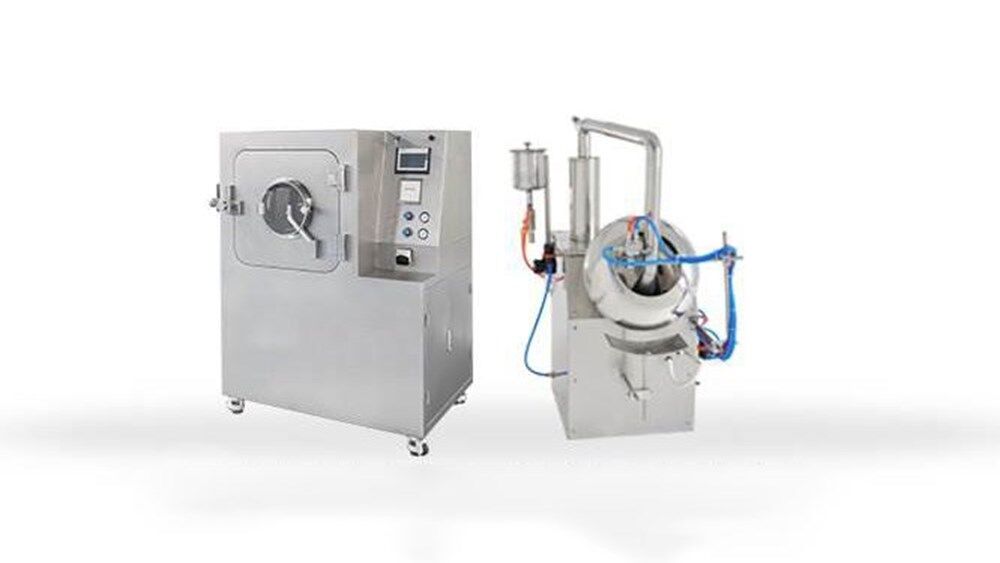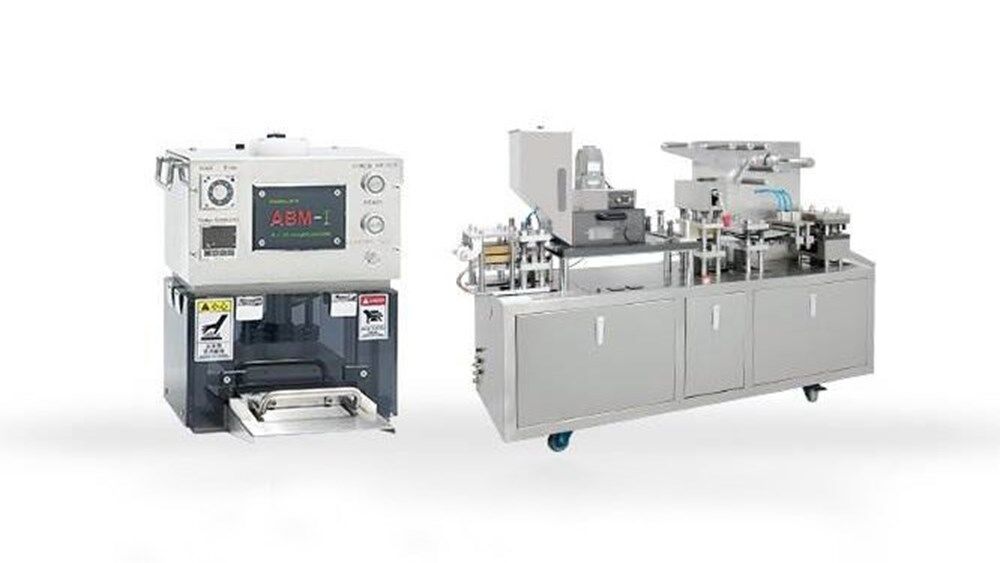Common Manufacturing Defects in Tablets and Their Remedies
Are you struggling with tablet defects? No need to worry, as you're definitely not alone! Imperfections like chipped edges, uneven color distribution, and pesky cracks are quite common to find in the world of pharmaceutical manufacturing.
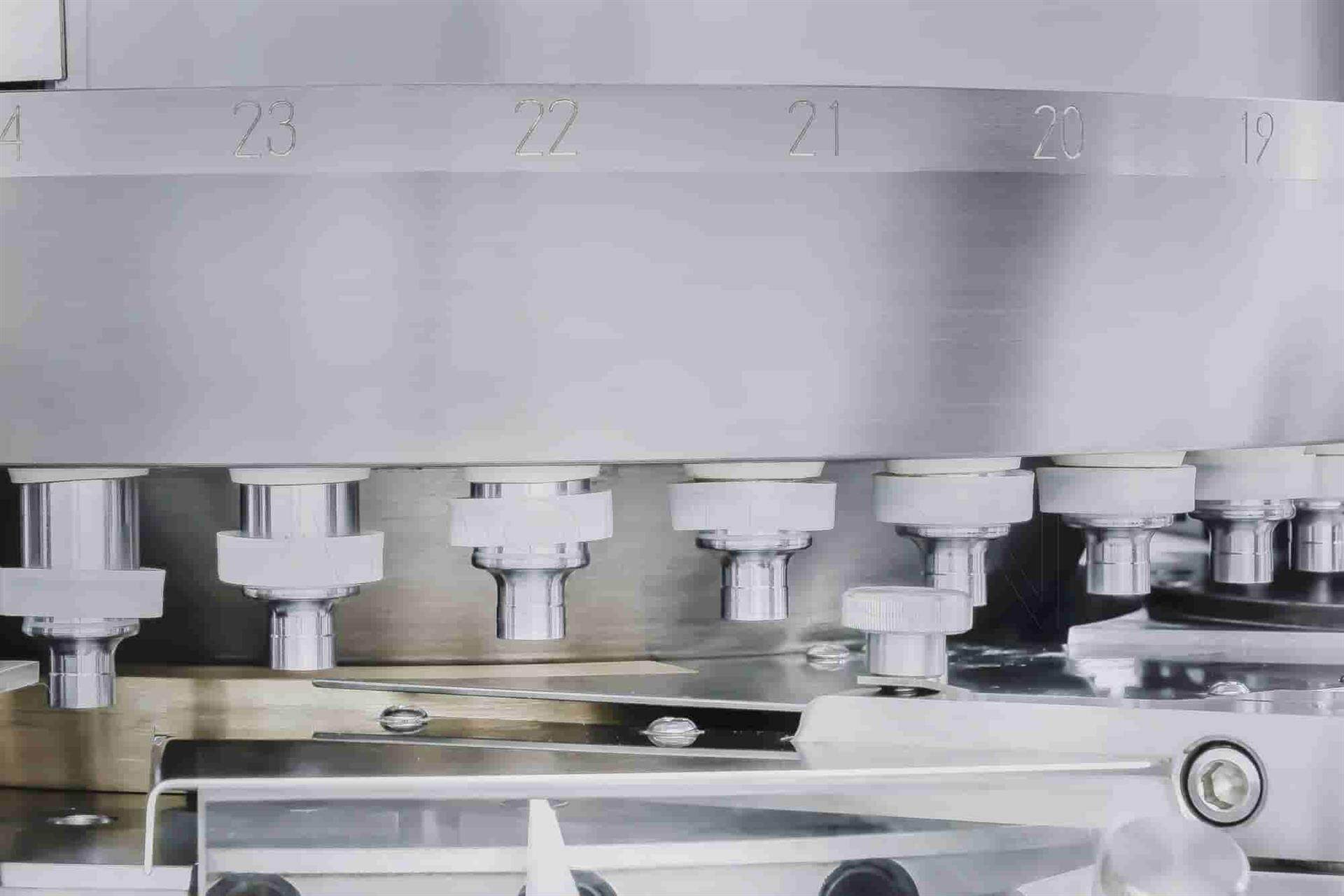
But fear not, as we're here to help you navigate through these problems. This blog post will shed light on the most common defects in tablets. We'll delve into their root causes and equip you with practical remedies to ensure that your tablets come out as flawless as you'd hoped!
Common Tablet Problems: Causes and Remedies
During tablet manufacturing, various defects can occur in tablets, affecting their quality and performance. These problems can stem from various factors. Here we've compiled a list of common defects in tablets. Also, we will provide you with efficient remedies to ensure you produce top-quality tablets.
1. Capping
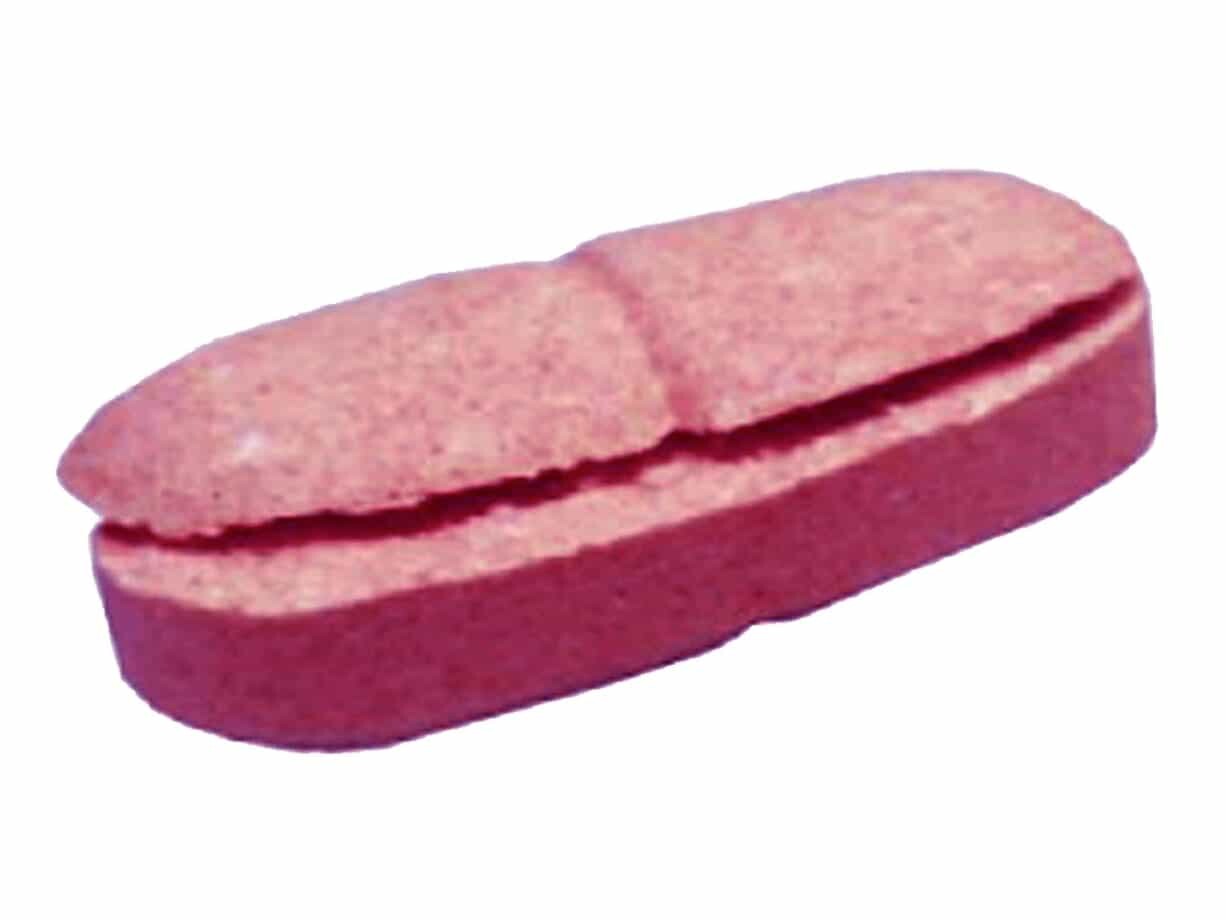
Capping is one of the most common tablet problems. It refers to the partial or complete separation of a tablet's crown or upper portion from the main body. When capping occurs, the tablet may lose its structural integrity, affecting its appearance, functionality, and patient acceptability.
Causes of Capping:
- Insufficient compression force results in weak bonding between the granules.
- Tablet formulations lack good binding properties.
- Poor granule flow leads to uneven distribution of the material.
Remedies for Capping:
- Adjust the compression force to improve the bonding between the granules.
- Incorporate suitable binders or modify the excipient composition to enhance the binding properties of the formulation.
- Reduce granule size or optimize granulation parameters to improve the flowability of the granule.
2. Lamination
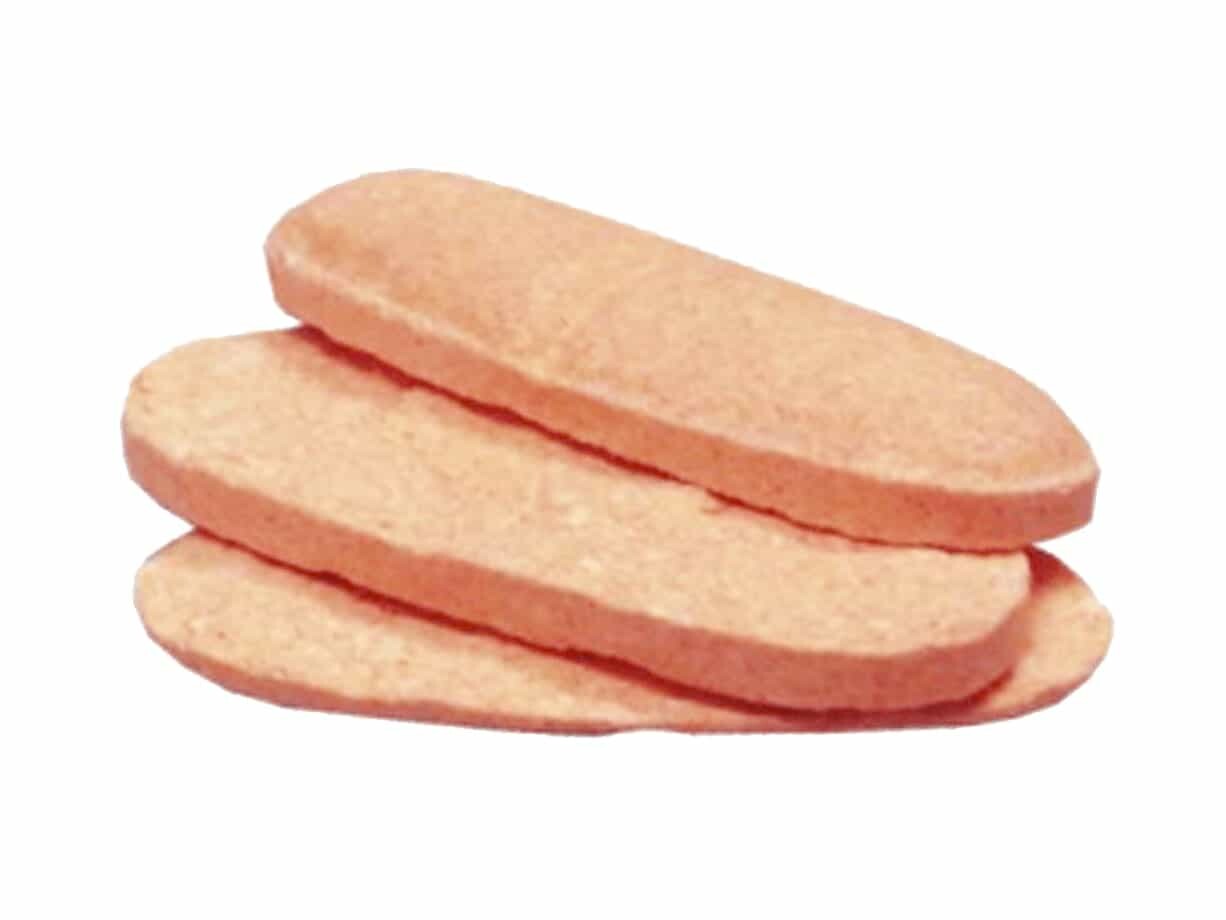
Lamination occurs when tablets split into layers or laminates, either partially or completely. It can result in tablets with distinct horizontal layers, compromising their structural integrity, dosing accuracy, and efficacy.
Causes of Lamination:
- Bonding between the granule layers is inadequate.
- Excessive moisture reduces the cohesive properties of the granules.
- Air entrapment creates a barrier between the granule layers.
- Insufficient compaction force leads to incomplete bonding between granule layers.
Remedies for Lamination:
- Use proper granulation techniques to uniformly distribute moisture, binder, and granule size.
- Monitor and control the moisture levels during granulation.
- Use granulation equipment to remove air from the granules.
- Exert proper compression force to optimize compaction and bonding between the granule layers.
3. Sticking
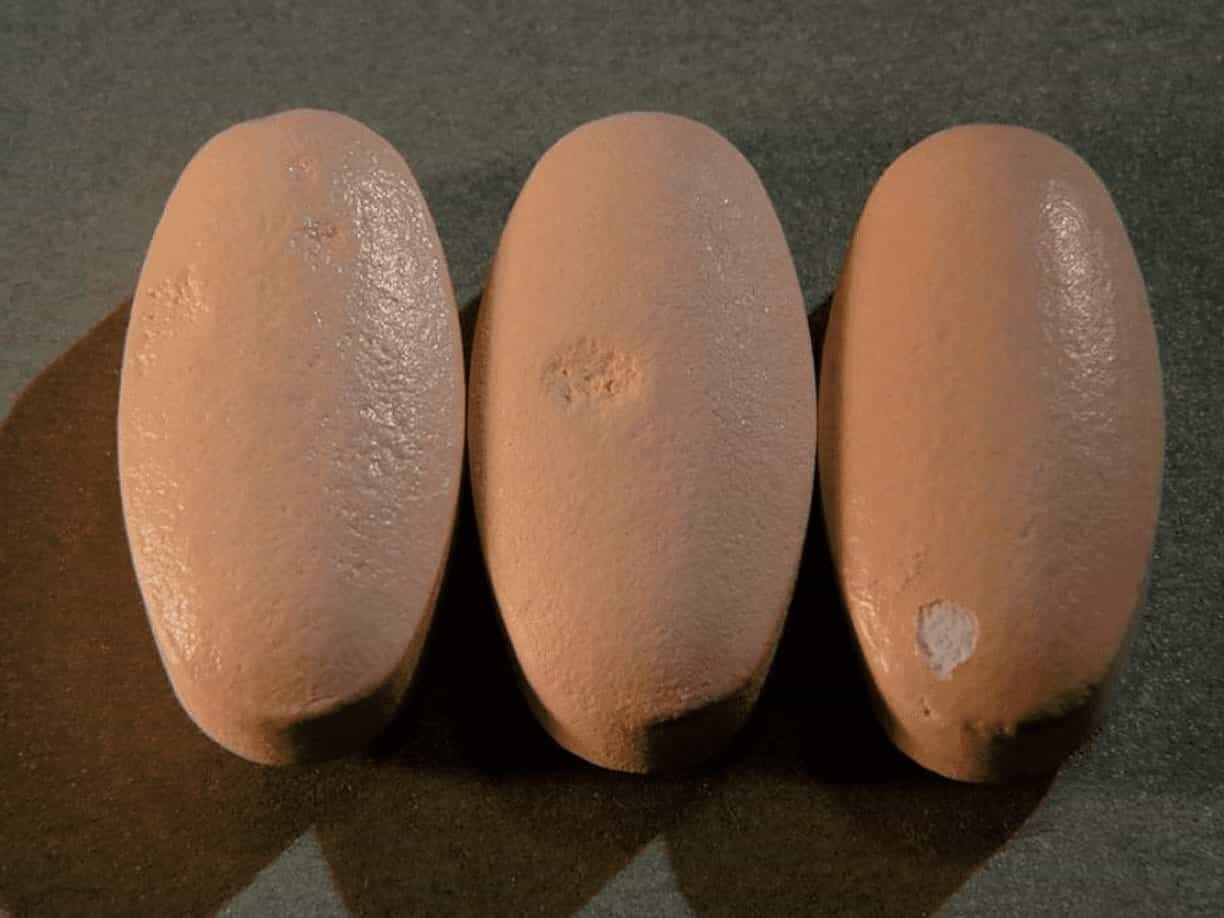
Sticking is one of the most common defects in tablets. It happens when the tablet material adheres to the punches and dies instead of being ejected smoothly. This can cause challenges in tablet ejection, damage to the tablets, and inconsistencies in overall tablet quality.
Causes of Sticking:
- The tablet material and the compression tooling are not properly lubricated.
- Certain formulations contain hygroscopic or sticky ingredients.
- The punches and dies have rough surface finishes.
- Dwell time is inadequate, resulting in insufficient consolidation of the granules.
- Misalignment or worn-out tooling causes uneven distribution of compression force.
Remedies for Sticking:
- Select lubricants suited for the formulation and compression tooling.
- Adjust the formulation by adding suitable excipients or modifying the composition.
- Inspect, clean, and maintain the tooling on a regular basis.
- Optimize dwell time and compression force.
- Conduct tooling calibration regularly or replace the worn-out tooling.
4. Picking
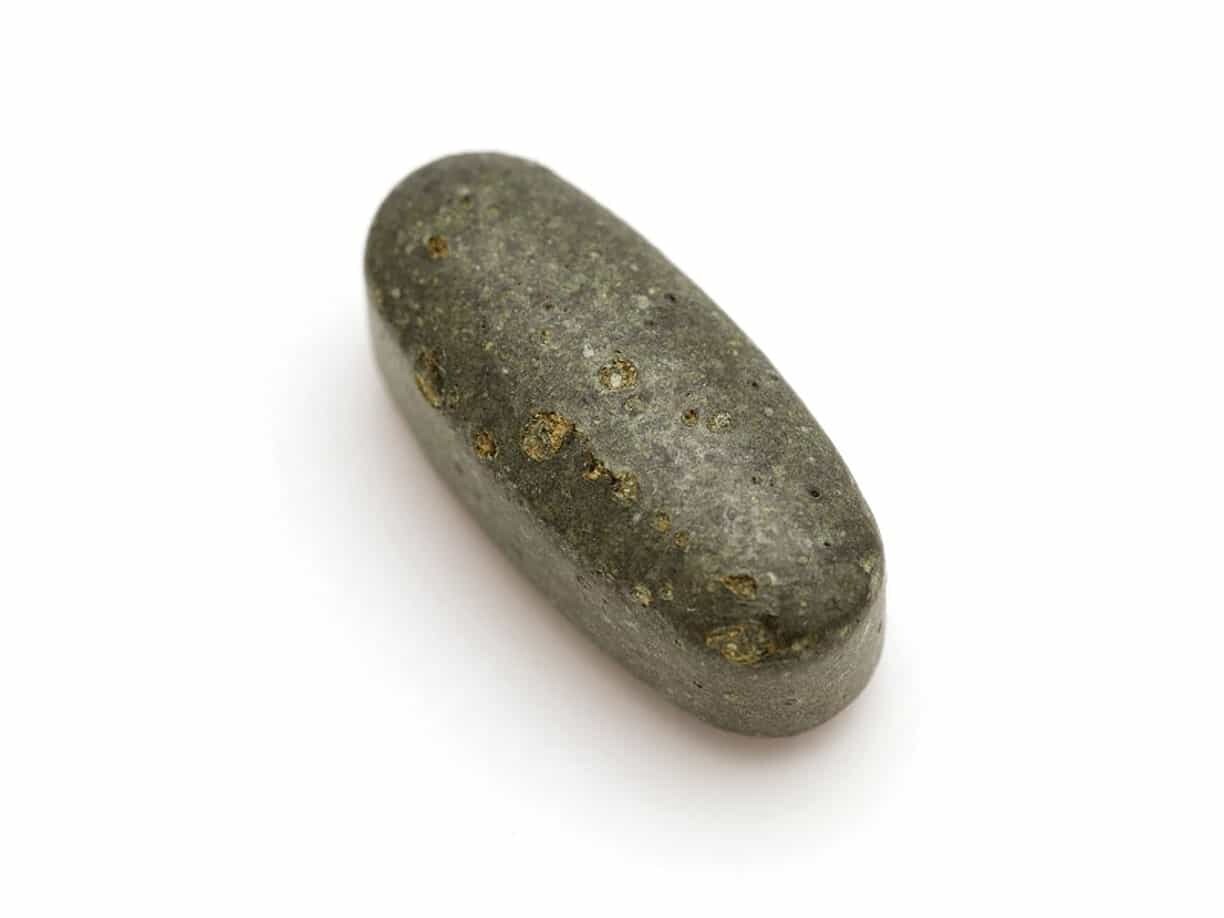
Picking is a specific type of sticking. It occurs when the tablet material is left behind on the punch faces with embossing designs. Picking can result in tablet surface damage, incomplete tablets, or weight and appearance variations.
Causes of Picking:
- Insufficient lubrication increases friction between the tablet and the embossing letters or logos on the punch faces.
- The formulation contains sticky or cohesive components.
- The dwell time, namely the duration the punches remain in contact with the tablet material, is insufficient.
Remedies for Picking:
- Conduct proper lubrication to reduce friction and prevent adhesion.
- Modify the formulation by adding appropriate excipients.
- Optimize compression force and dwell time.
5. Binding
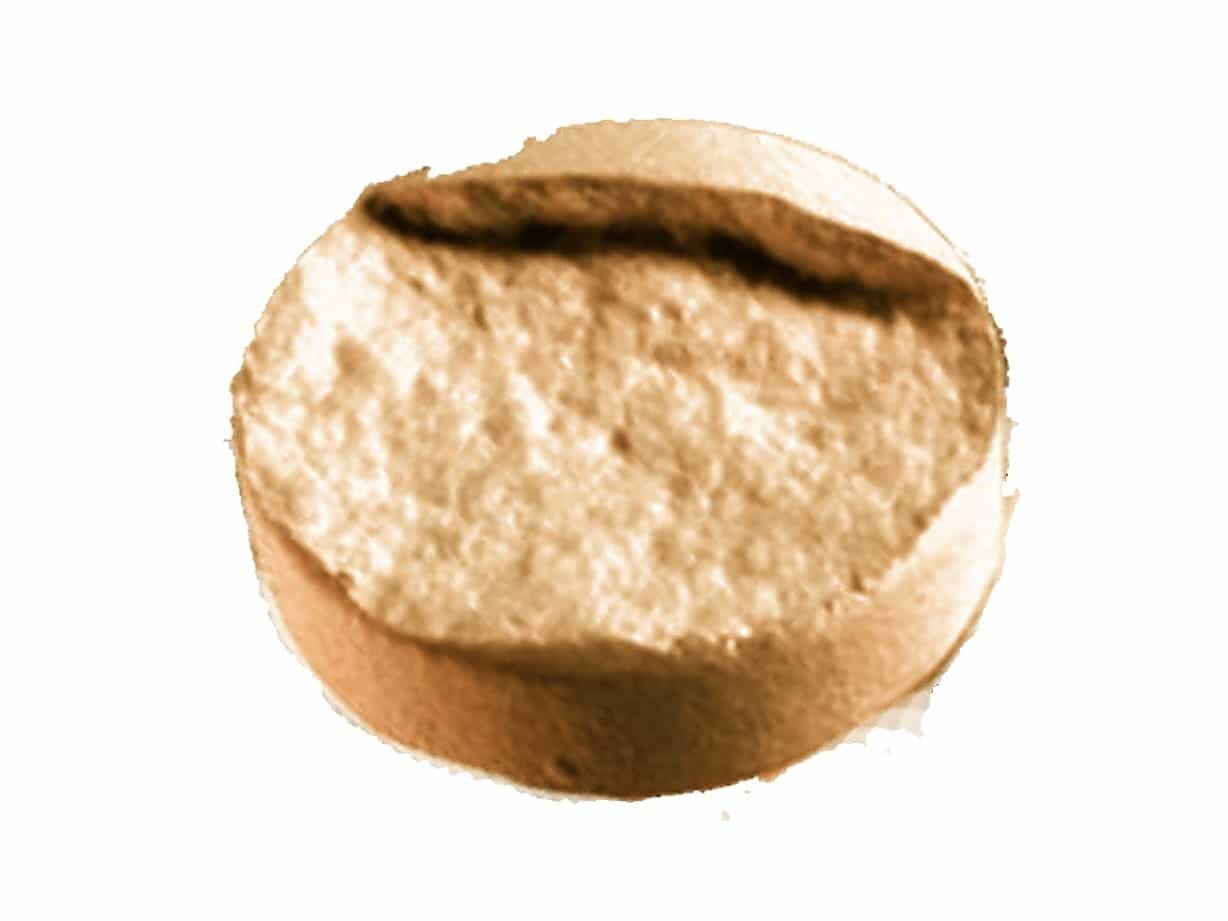
Binding is also one of the common tablet problems. It refers to the undesirable adhesion of granules to the surface of the dies during the compression process. Binding can result in difficulties in tablet ejection, reduced production efficiency, and poor tablet quality.
Causes of Binding:
- Improper lubrication between the granules and the dies is a common cause.
- Excessive moisture can cause the tablet material to stick to the dies.
- Hygroscopic materials make the granules sticky and prone to adhesion.
Remedies for Binding:
- Apply proper lubricants to the tablet material and the dies.
- Monitor and control the moisture content of the formulation.
- Adjust the formulation composition and use non-hygroscopic excipients.
6. Mottling
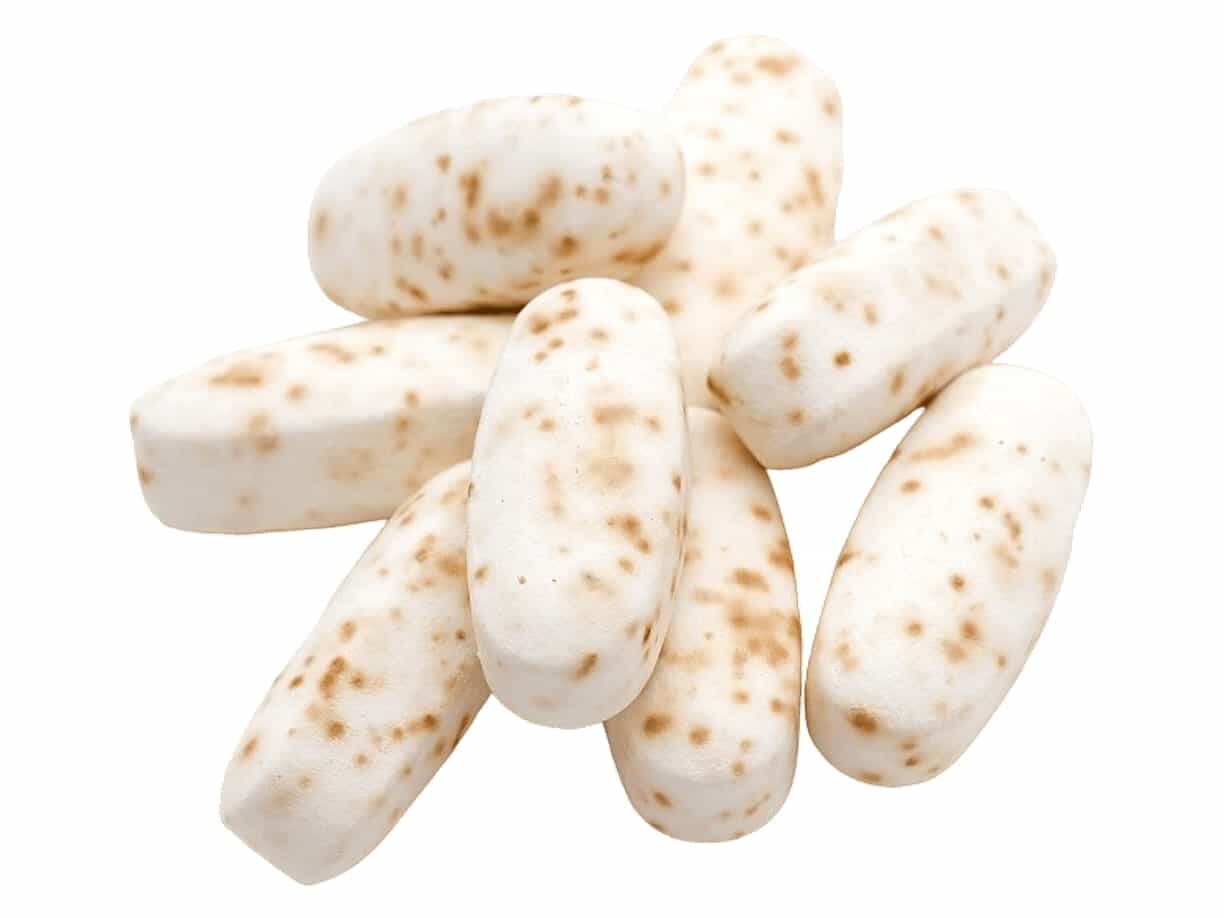
Mottling is one of the most typical defects in tablets. It refers to the uneven distribution of color or pigmentation on the tablet surface, resulting in a mottled or blotchy appearance.
Causes of Mottling:
- Colorants within the tablet formulation are not thoroughly blended.
- Chemical interactions between components can cause color variations.
- Moisture within the formulation is not absorbed evenly.
- Insufficient drying or curing of the tablets can contribute to mottling.
Remedies for Mottling:
- Use appropriate blending techniques to ensure uniform colorant distribution.
- Evaluate the compatibility of colorants with other formulation ingredients.
- Monitor and control the moisture content during granulation, drying, and tablet manufacturing.
- Perform proper drying or curing processes to ensure complete removal of moisture.
7. Flashing
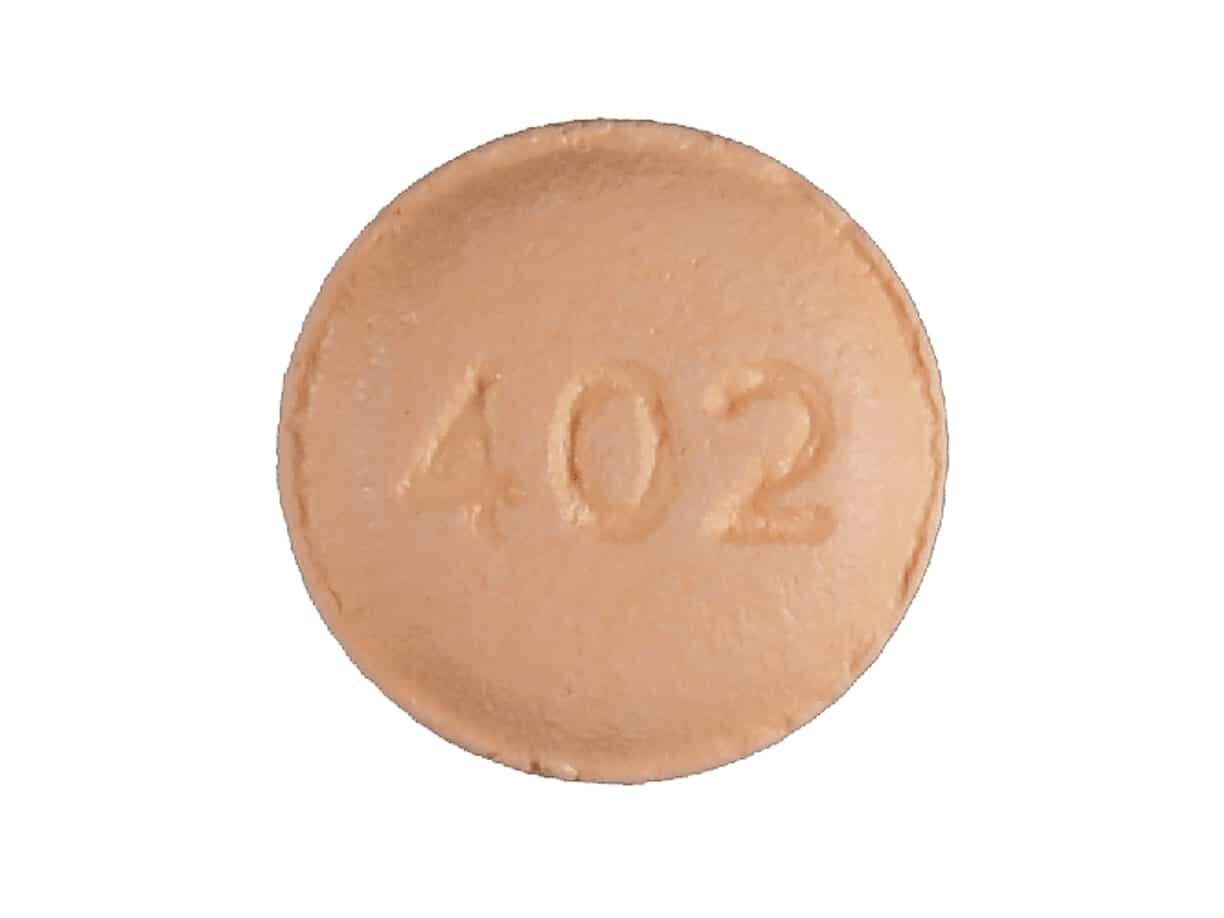
Flashing is one of the common tablet problems. It presents as a thin, unwanted edge around the perimeter of a tablet. This tablet defect occurs when the granules are compressed under high pressure and undergo plastic deformation. This can happen with any tablet shape.
Causes of Flashing:
- There is an excess amount of tablet material in the die cavity during compression.
- The tablet material fails to uniformly occupy the entire die cavity.
- The compression force is not properly exerted during tableting.
- The upper and lower punches are misaligned, or any wear occurs to the punch tips.
Remedies for Flashing:
- Adjust the amount of tablet material filled into the die cavity.
- Use reliable and consistent feeding systems to ensure uniform die fill.
- Adjust the compression force and dwell time to prevent excess material escape.
- Ensure proper alignment and regularly inspect and maintain the compression tooling.
8. Chipping
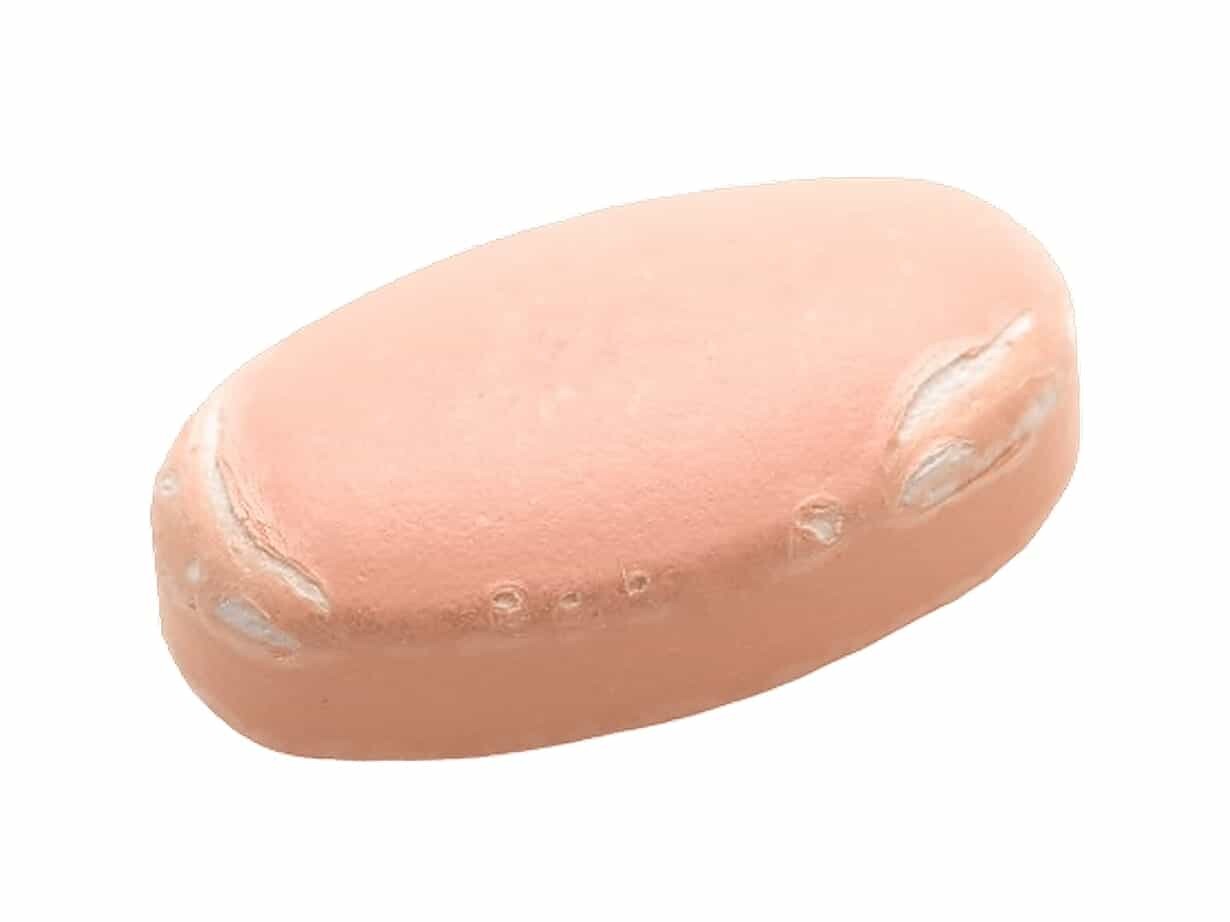
Chipping is characterized by the breakage of tablet edges, resulting in small chips or fragments. Chipped tablets can lead to drug efficacy, appearance, and patient acceptability.
Causes of Chipping:
- Tablets lack sufficient hardness.
- Tablets with high friability tend to chip, crack, or break under mechanical stress.
- Tablets are not properly designed and come with sharp edges or corners.
- Inconsistent or excessive compression force results in weak tablets prone to chipping.
- Lubrication between the tablet material and the punches and dies is inadequate.
Remedies for Chipping:
- Optimize the compression force to achieve the desired tablet hardness.
- Manage the formulation components and granulation techniques to improve tablet strength.
- Round the edges and corners of tablets to enhance tablet integrity.
- Fine-tune the compression force to optimize tablet strength.
- Perform lubrication between the tablet material and the compression tooling to minimize friction.
9. Cracking
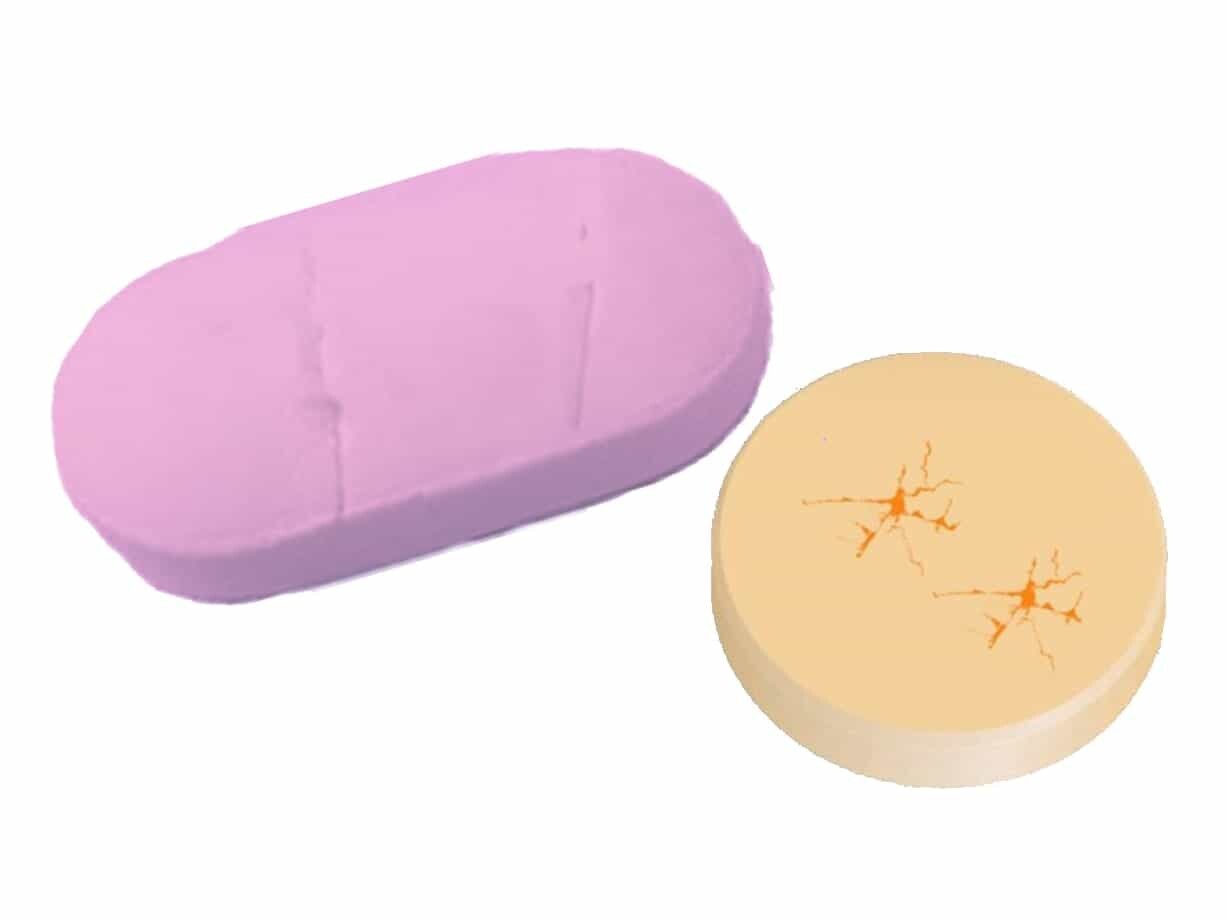
Cracking is one of the most common defects in tablets. It refers to visible cracks or fissures on the tablet surface. Cracking can affect the physical appearance, integrity, and quality of the tablets.
Causes of Cracking:
- Binders fail to provide sufficient cohesive strength.
- Excessive compression force is applied during tableting.
- The tablet material is not properly lubricated.
Remedies for Cracking:
- Optimize the concentration and type of binder in the tablet formulation.
- Adjust the compression force applied during tableting.
- Select appropriate lubricants for the tablet material.
10. Double Impression
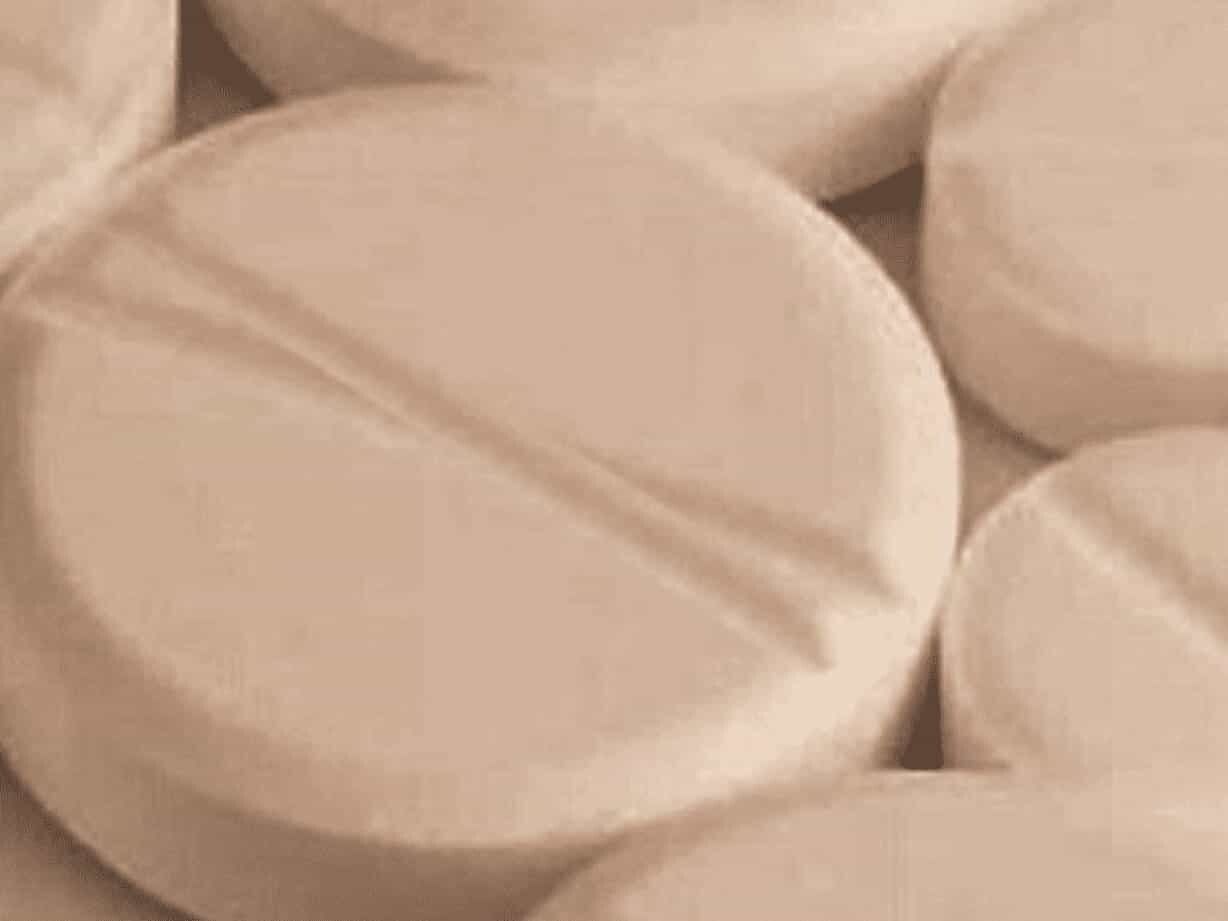
Double impression is one of the most common tablet problems. This defect is characterized by the presence of two or more imprints on a single tablet. It occurs when the tablet material is subjected to multiple impressions during compression, resulting in overlapping or duplicated markings.
Causes of Double Impression:
- The punches are not properly aligned within the die cavity.
- The rotation of lower punches is not properly controlled.
- Clearance between the punches and dies is not properly adjusted.
Remedies for Double Impression:
- Regularly check the alignment of punches within the die cavity.
- Ensure correct assembly and positioning of the punches.
- Evaluate the punch design and clearance and adjust promptly as necessary.
11. Black Spots
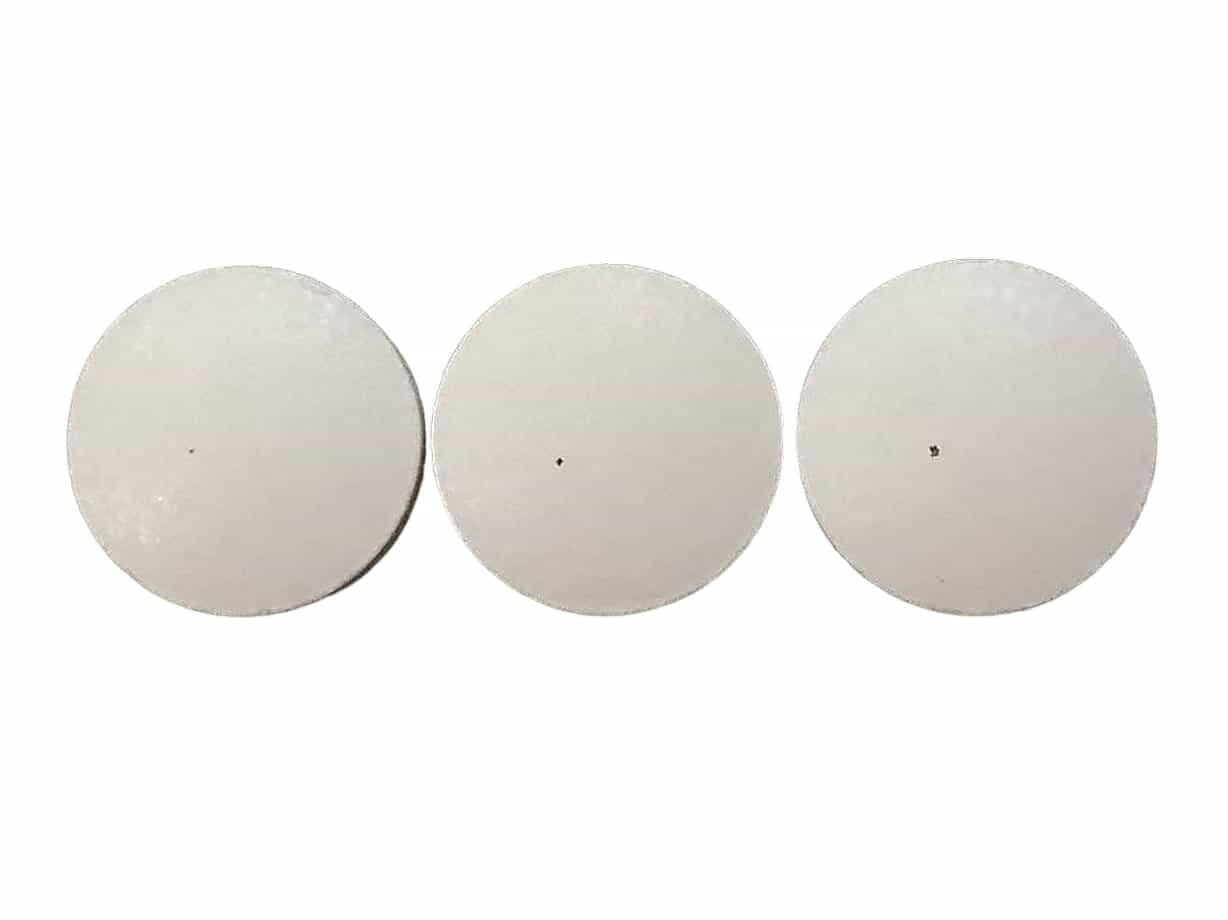
Black spots on tablets refer to the dark or black-colored specks or dots on the tablet surface. These spots are considered defects and can negatively impact the appearance and quality of the tablets.
Causes of Black Spots:
- Foreign particles or impurities are in the raw materials used for tablet manufacturing.
- The equipment, compression tooling, and manufacturing environment are poorly cleaned.
- Inadequate lubricant mixing results in agglomeration.
- The tablet formulation is not properly granulated.
- Oxidation of formulation components or exposure to unfavorable conditions causes the formation of black spots or discoloration.
Remedies for Black Spots:
- Use high-quality raw materials free from contaminants.
- Regularly clean the equipment, tooling, and manufacturing areas.
- Optimize the blending process for proper dispersion of lubricants in the formulation.
- Monitor and control the granulation process.
- Store raw materials and finished tablets under appropriate conditions.
12. Inconsistent Thickness
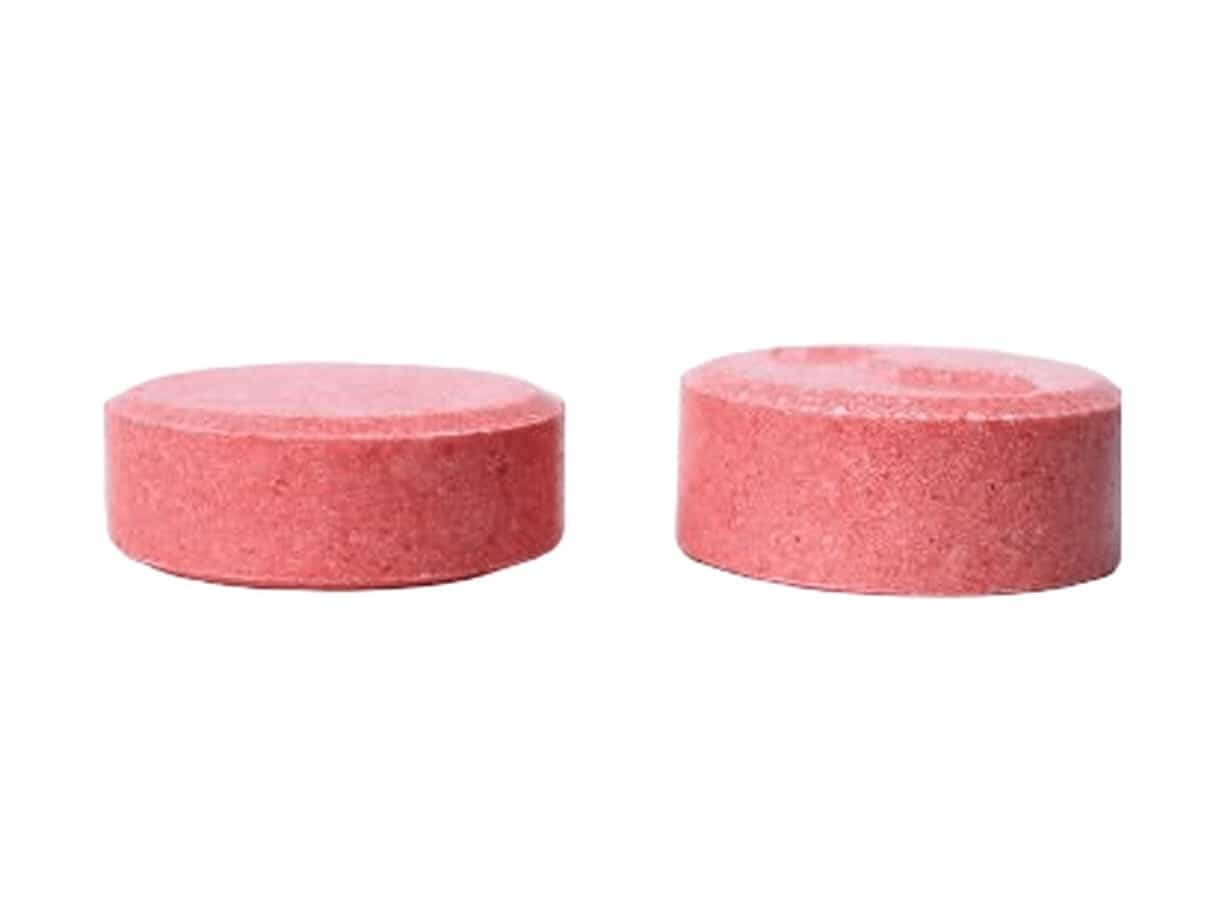
Inconsistent thickness is one of the most common defects in tablets. It refers to variations in the tablet thickness within a batch or across different tablets. Inconsistent thickness can impact the overall quality, functionality, and appearance of the tablets.
Causes of Inconsistent Thickness:
- The tablet material is not adequately granulated.
- The feeding system fails to ensure consistent powder flow and uniform die fill.
- Inadequate or excessive compression force can cause variations in tablet thickness.
- Worn tooling or machine malfunction can result in inconsistent thickness.
Remedies for Inconsistent Thickness:
- Control the granulation process to ensure uniform granules.
- Use reliable feeding systems and monitor the powder flow.
- Determine the proper compression force for the specific formulation and tablet press.
- Regularly check and maintain the tablet compression machine and replace worn punches or die.
13. Twining
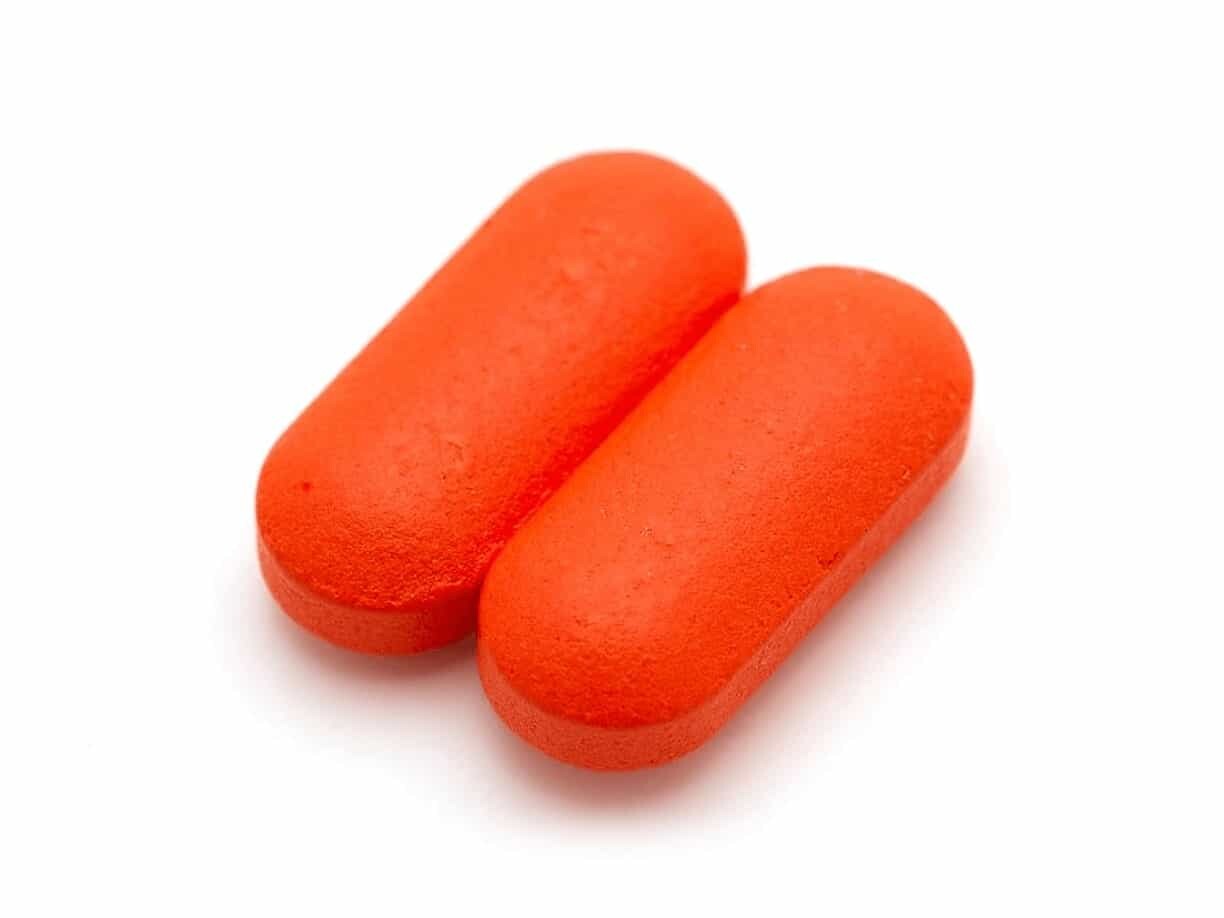
Twinning is one of the common tablet problems. It presents as two distinct tablets fused together. Twinning occurs when two tablets stick together during the compression process.
Causes of Twinning:
- The tablet material and the punches and dies are not adequately lubricated.
- Formulations are not properly granulated, resulting in tablets with excessive porosity.
- Tablets with flat or parallel faces are more likely to experience twinning.
- Inconsistent compression force causes tablets to merge instead of being individually formed.
- The ejection mechanism of the tablet press is not functioning optimally.
Remedies for Twinning:
- Conduct proper lubrication for the tablet material and the compression tooling.
- Monitor and control the granulation process to reduce tablet porosity.
- Take advantage of the design features, such as beveled edges or curvature, to facilitate separating the tablets.
- Maintain the proper compression force throughout the tableting process.
- Ensure the ejection mechanism is functioning properly.
14. Hardness Variation
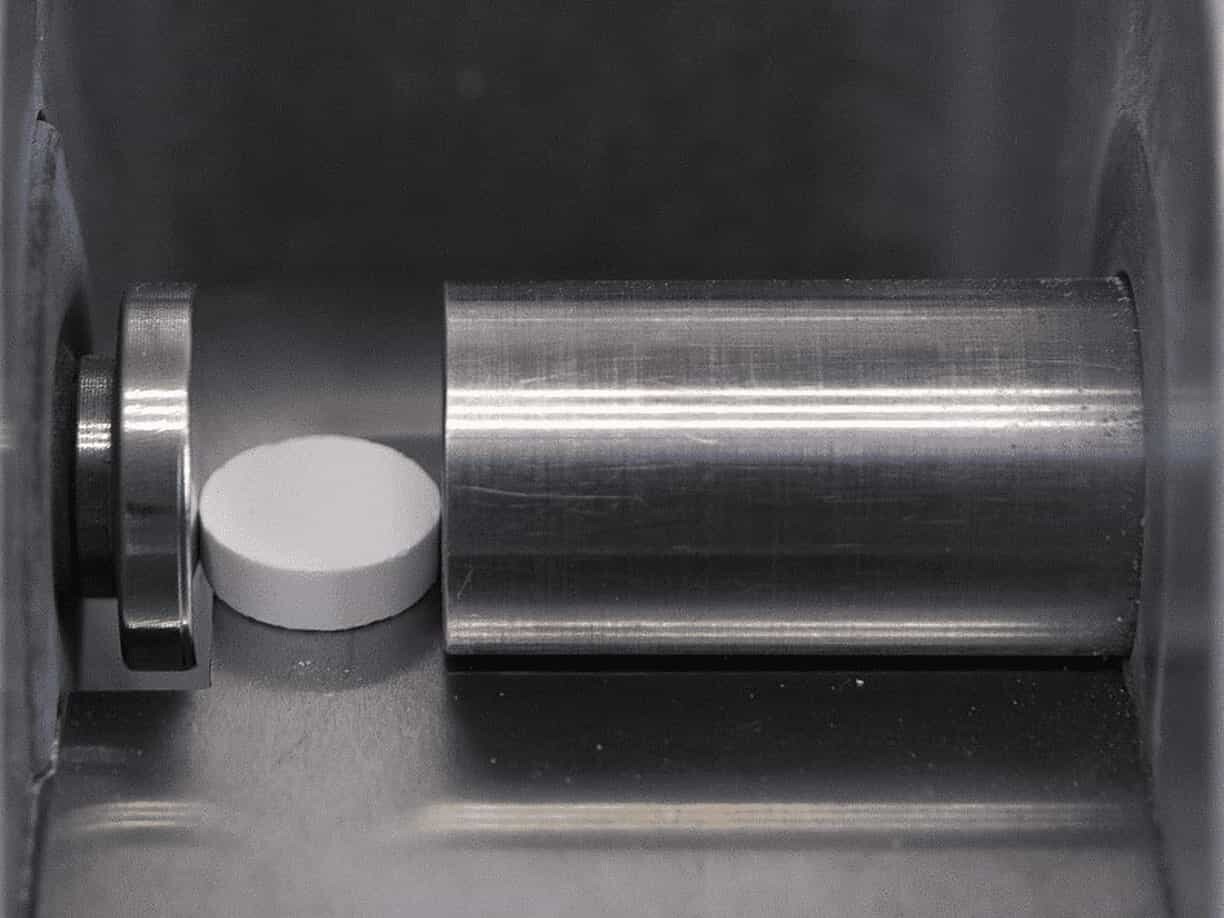
Hardness variation is one of the most common defects in tablets. It refers to the inconsistency in tablet hardness across a batch or within individual tablets. It occurs when tablets exhibit different levels of resistance to breaking or deformation when subjected to a compressive force.
Causes of Hardness Variation:
- The formulation components are not blended sufficiently.
- Granule size, density, or distribution are not consistent.
- The compression force varies during tableting.
- The ratio of APIs or excipients in the formulation is not accurate.
- Uneven drying or curing of the granules or tablets results in hardness variation.
Remedies for Hardness Variation:
- Ensure thorough and uniform mixing of formulation ingredients.
- Optimize granulation techniques to achieve uniform granules.
- Set the compression force based on the formulation and tablet characteristics.
- Adjust the formulation composition to achieve the optimal ratios.
- Implement controlled drying or curing processes.
15. Weight Variation
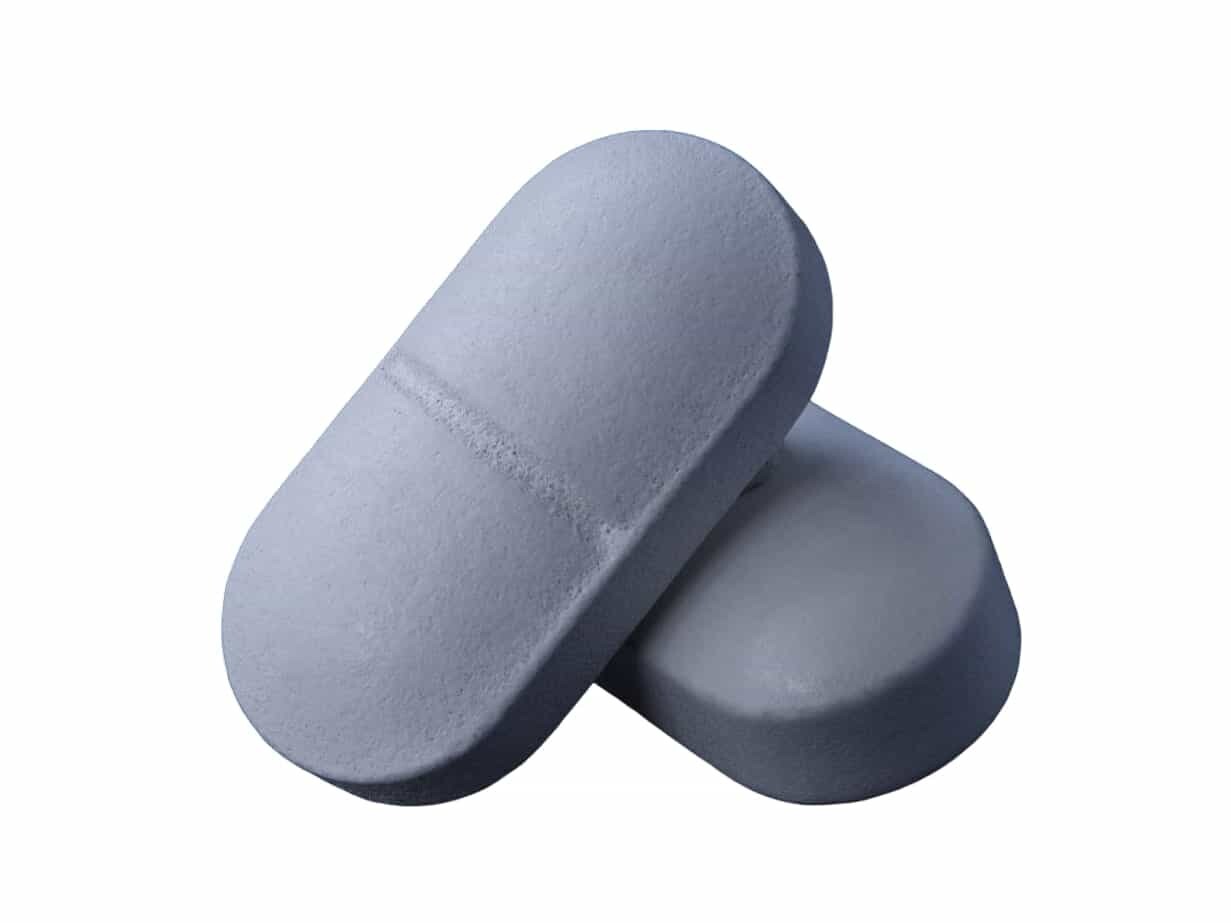
Weight variation is the inconsistency in tablet weight across a batch or within individual tablets. This tablet defect can affect the dosage accuracy, drug delivery, and overall quality of the tablets.
Causes of Weight Variation:
- Formulation ingredients are not sufficiently blended.
- Granule size, density, or distribution are not consistent.
- The dosing of the tablet material varies during the filling stage.
- Inadequate or excessive force is exerted on the tablet during compression.
- Poor material flow can result in the uneven filling of the die cavity.
Remedies for Weight Variation:
- Ensure thorough and uniform mixing of formulation ingredients.
- Monitor and control the granulation process.
- Use automated filling systems to ensure consistent dosing of the tablet material.
- Standardize compression force settings based on the formulation.
- Conduct flowability tests and optimize flow properties.
The Bottom Line
Tablet defects are a frequent occurrence during the tablet manufacturing process. Identifying each defect's root cause and implementing effective remedies is crucial. Investing in a top tablet press machine equipped with real-time best practices can significantly enhance the efficiency and success of your tablet production. As a leading pharmaceutical equipment manufacturer, iPharMachine offers a diverse range of tablet press machines tailored to your needs. With iPharMachine's cutting-edge solutions, you can produce high-quality tablets with the highest industry standards, taking your tablet manufacturing business to new heights.
Leave your comment
Also Offers
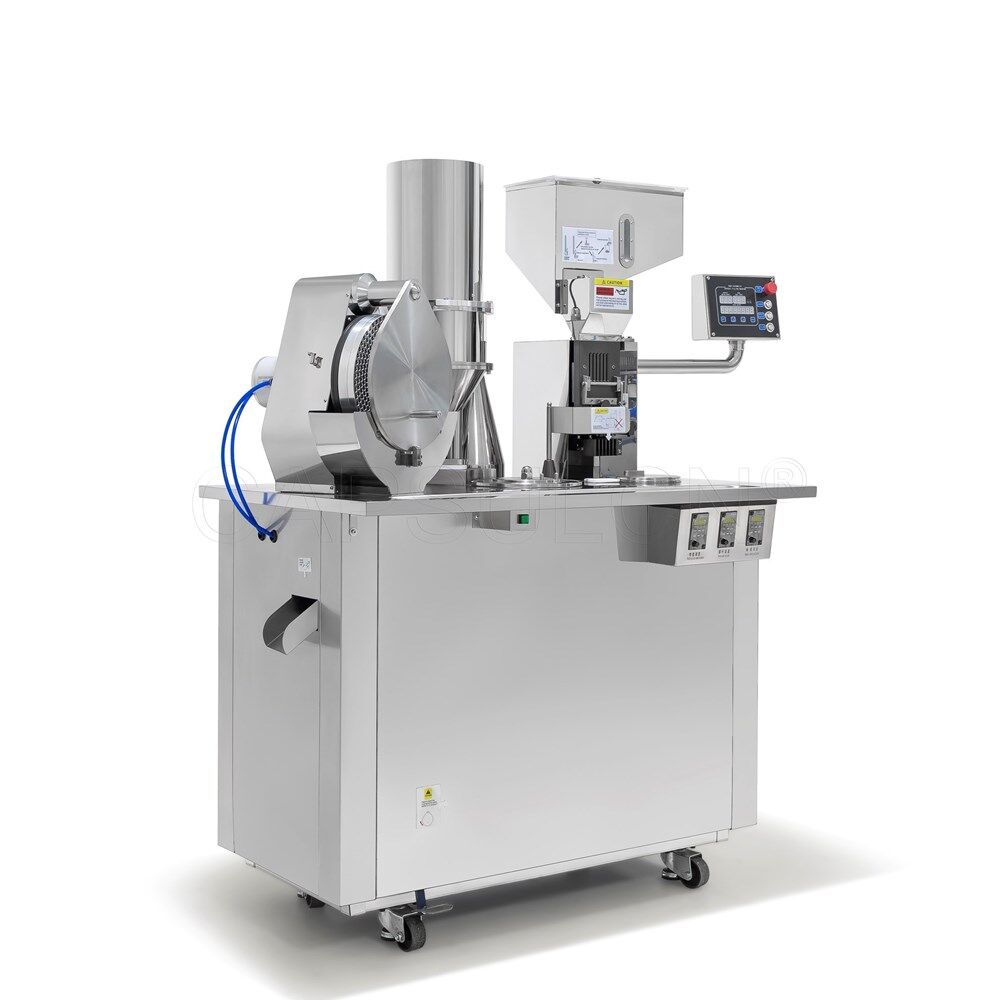
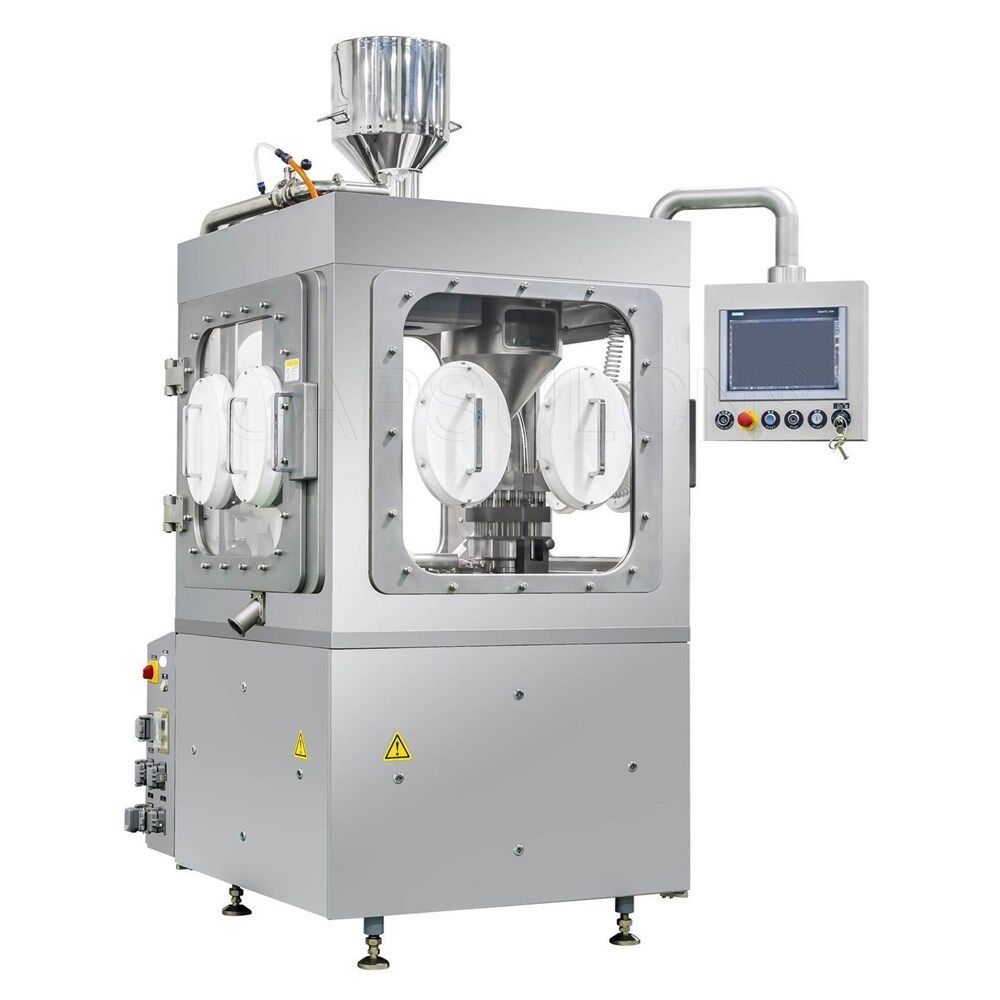
Containment Automatic Capsule Filling Machine SFK-703
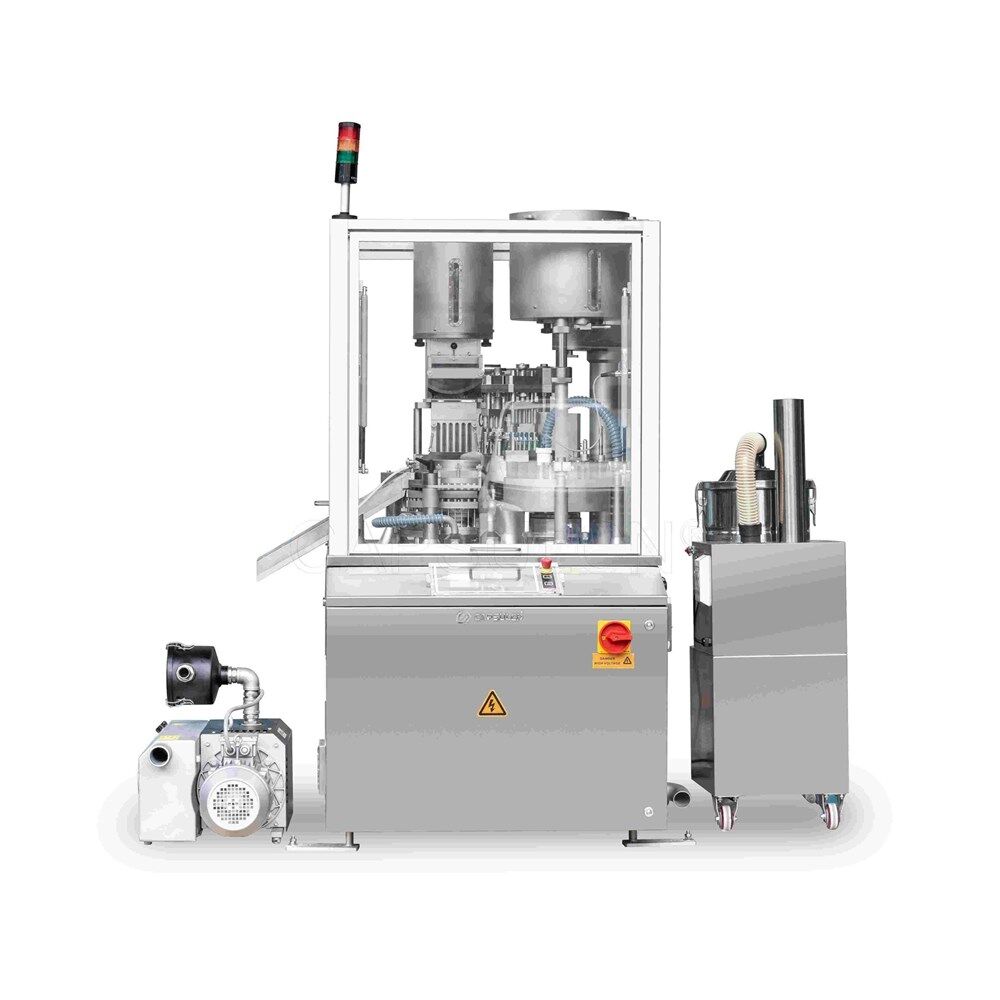
Fully Automatic Dosator Capsule Filling Machine CZ-40

Our Team
As an expert in the pharmaceutical and pharmaceutical packaging industry, iPharMachine has provided solutions for hundreds of pharmaceutical and health product manufacturers for 17 years. By visiting customers, we get good reviews from our customers.
- info@ipharmachine.com
- English Español Deutsche
